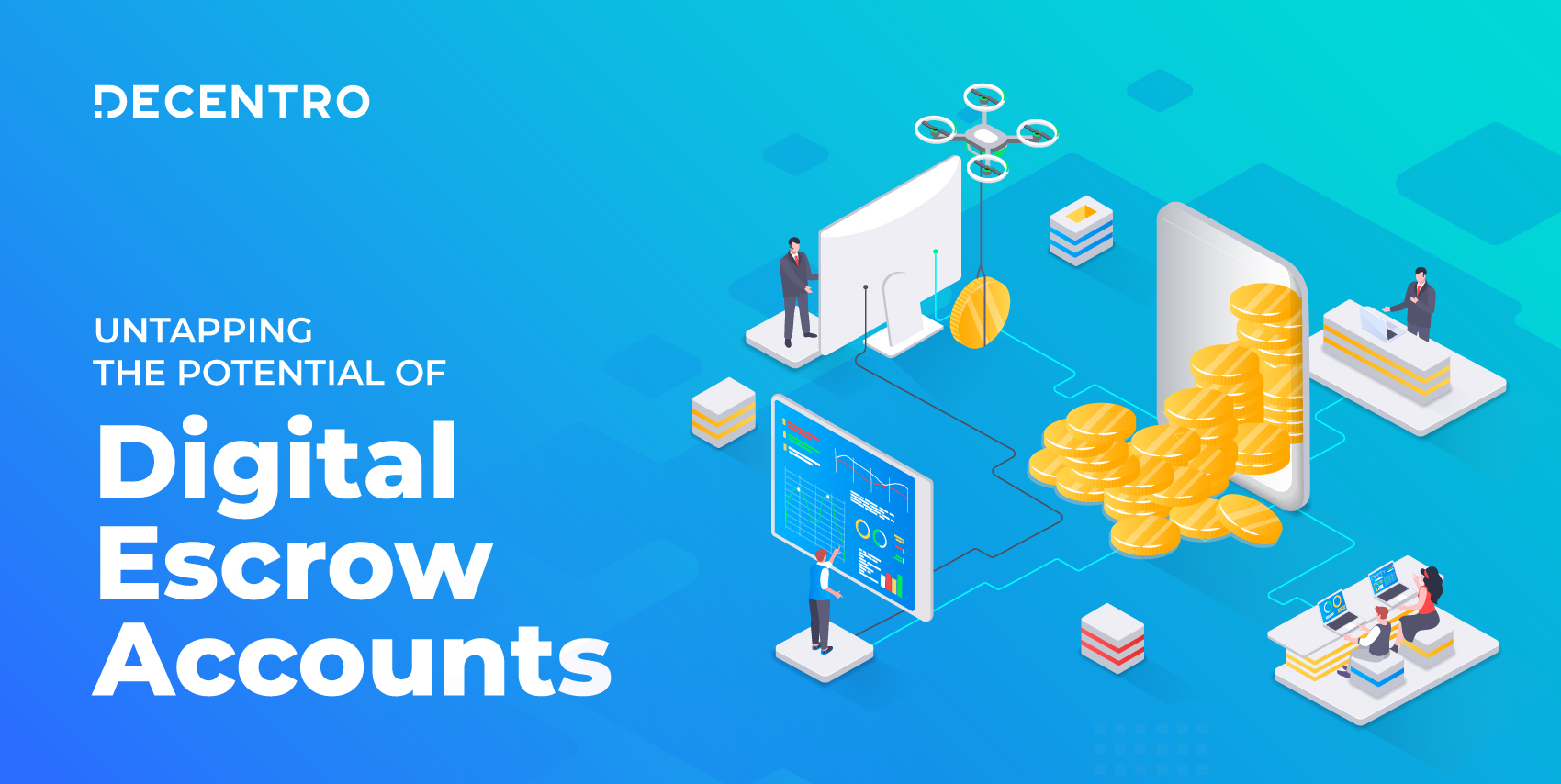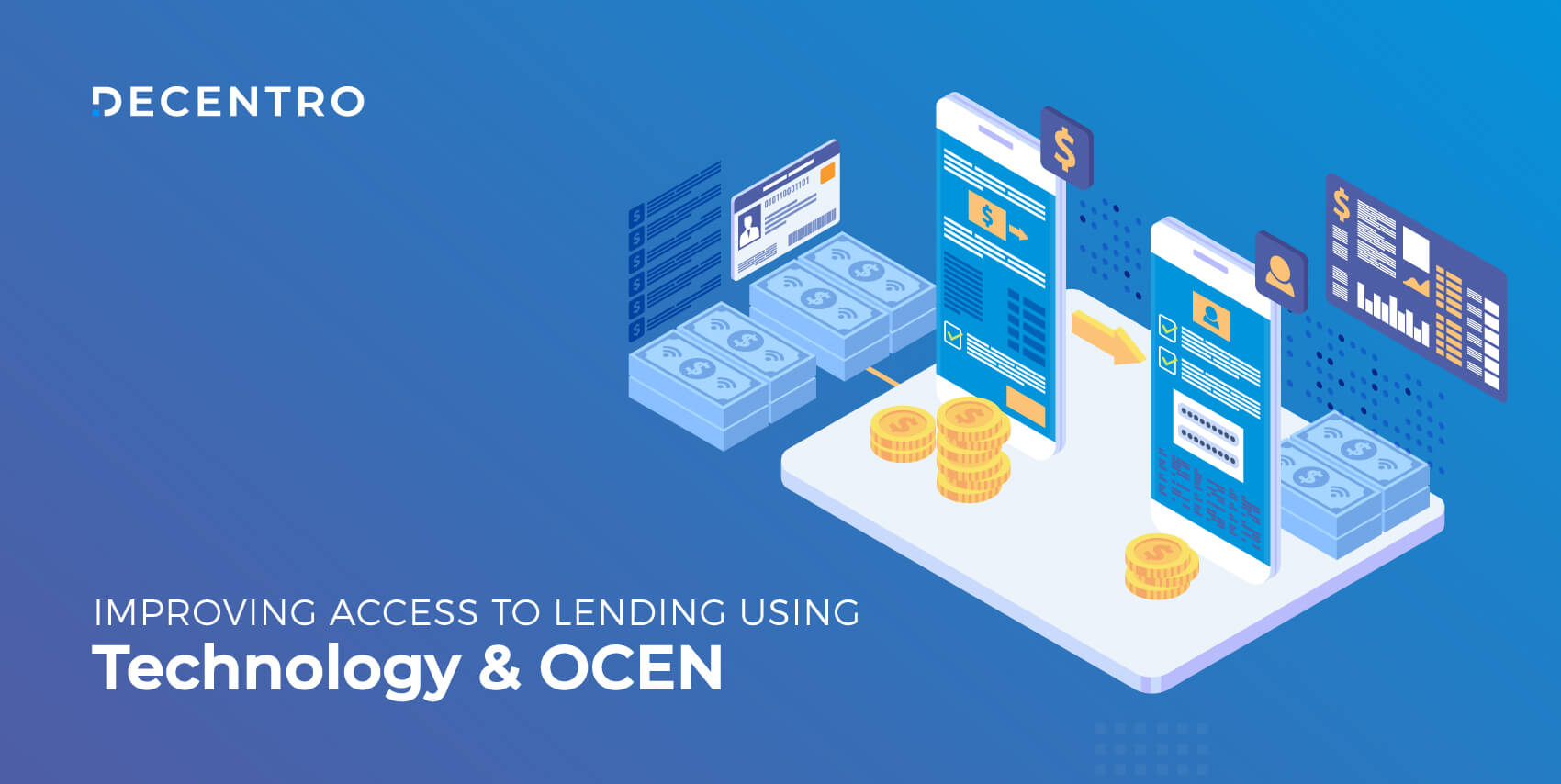Let’s unravel the world of digital escrow in the context of payment, and understand its need in the new digital economy

What are digital escrow accounts and why are they useful?
A true blue millennial trying to engineer her full time-career around the world of content. How cliché is that?
Table of Contents

Escrow Accounts
With the world of financing witnessing an accelerated change from technology savvy to technology native, the need for security is at an all-time high. With embedded financing leading the way in the payments sector, the plug-and-play option has opened the world of new opportunities and given leeway for security breaches. ‘Where is my money has effectively morphed into ‘Where can my money be safe? This is the ethos digital escrow accounts operate on.
While the functionality is predominantly a function of its English definition, it is a cool-off period, if you may, and let’s break it down further as to what its implementation looks like in modern payments technology.
Digital escrow is the answer to the recurring problem of monetary fraud in the form of money laundering and security breaches. Here, an unbiased third party in the form of digital escrow accounts safely parks your money and facilitates the agreement-based transactions between the two parties. Since the third party is neutral, escrow protects the interests of all transacting parties equally. This ensures a fair transaction process.
Who can use these digital escrow accounts?
Traditionally a term associated with real estate and trust funds, escrow accounts in the new economy have found their takers in the form of startups, especially in the e-commerce sector, for purposes ranging from invoice collections, B2B procurements, incentive/salary disbursements, and managing different levels of a supply chain funnel.
Additionally, micro, small, and medium-sized businesses dealing with instantaneous high-value generic transactions have witnessed an accelerated demand for escrow accounts recently.
Need for Digital Escrow Accounts
Picture this, every time you make an online purchase, there is a level of uncertainty attached to the kind of product you will receive. Remember the iPhone vs soap bar fiasco back in the e-commerce sale days? Now scale this use case to big-ticket transactions or even services you render from different clients.
The only logical solution? A stop-gap arrangement, where the money is disbursed only when the green light from both parties is involved.
With the disruption of manufacturing due to the pandemic paving way for the boom of online marketplaces, a significant sum of money is virtually changing hands. Just sales in e-commerce as a sector hit the $4.2 Trillion mark in 2021, whereas on the other hand, the National Cyber Security Centre (NCSC) recorded 2.7 million online scams in 2021, a number that is four times higher than in 2020.
The gap between the accelerated role of digital commerce, and the need for unsecured trade finance requiring funds to be paid upfront, formed the sandbox for a neutral third-party player to fill the said gap for a friction-free experience managing both buyer and seller expectations.
Process of Digital Escrow
The process of digital escrow is a reflection of its traditional counterpart, with efficiency being the key operative term here.
The trust gap between the buyer and seller is where a neutral digital escrow service provider comes into play. The buyer and seller would get clearance to open their digital escrow accounts. The buyer would deposit the seller’s payment in the escrow account and wait for delivery; the seller feels assured the due payment will be released according to the terms of the agreement. The goods delivered will be inspected by the buyer, and the payout will be initiated according to the agreed terms, thus preserving the interest of both parties involved.
The typical digital escrow account opening process looks like this
Step 1: Transacting parties sign a simple digital contract
Step 2: Fill in the required details inside the API or portal, and receive the account details.
Step 3: Transfer funds into your digital escrow account.
Step 4: Track the real-time updates you receive about activity in your account.
Step 5: Verify and process the payouts via APIs on a real-time basis
Benefits of a Digital Escrow Account
Turn-around period
Digital escrow services are proving to be a boon across the national and international markets, owing to their quick turnaround period. Traditionally all banks offer escrow services as a part of their solutions suite, with the catch of the increased setup and processing time. Now, digital escrow has arrived, where an account can be set up for transacting parties (P2P) and streamlined conventional processes through online KYCs enabling smooth commercial flows, especially for online marketplaces.
The “win-win” scenario
Escrow in its digitized form harbors a high level of flexibility and the plug and play functionality at the point of need. This ‘trust infrastructure’ also includes data services such as business verification, sanctions, credit history, digital sign-up, and exchange of documents, along with on-demand visibility of transaction status. The idea is primarily to hold funds and release them at the closure of agreed-upon deliverables, aiding a transparent process, thereby protecting the transactions between buyers and sellers and offering a “win-win” scenario.
Escrow-as-a-Service (EaaS)
The future of modern payments is here. Individual companies adopting this innovative solution have brought a visible change in the existing transaction ways. Today EaaS is paving the way for faster transaction cycle times, reduced deal back-outs, and added convenience for every party involved in the transaction process. However, the subsequent development in the sharing service is set to be an open-source escrow-as-a-service solution, with seamless integration at a global level, entailing cross-border transactions.
Naturally, we at Decentro have identified the gap in the marketplace, when it comes to reliable intermediaries to hold funds securely.
Are you looking to create a unique instant digital escrow facility with eKYC and eAgreement signing at a much lower turnaround time than traditional escrows?
In just a matter of two years, our KYC stack has been churning solid numbers.
With over 400+ Identity validations, 250+ Image recognitions, and 300+ Repository fetches happening via Decentro’s KYC stack per hour, we’re more than equipped to enable your verification and validation journey. Test out our seamless API integration now!


